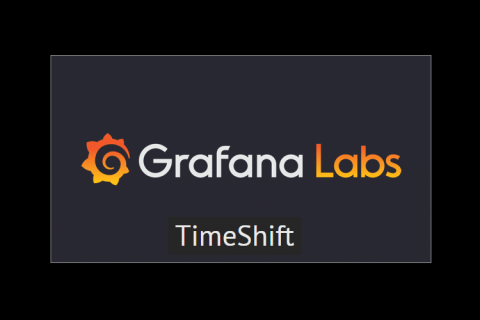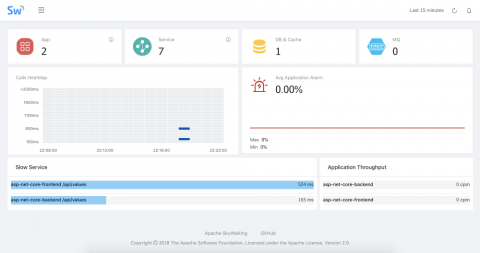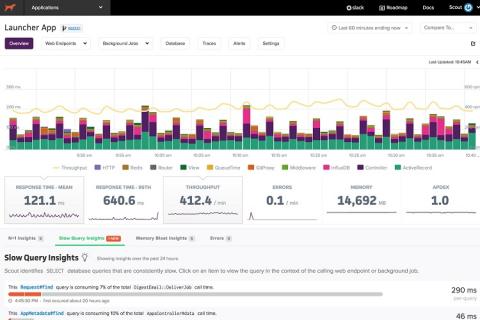The AppD Approach: Market-changing SAP Monitoring
AppDynamics’ unique, market-changing SAP Monitoring Agent is the only APM solution delivering code-level SAP visibility and real-user, business transaction performance monitoring. For enterprises running SAP business applications, our innovative agent can significantly improve service quality, cost of service, speed and innovation.











